Flush with Rain
Freshwater sustainability for gulf island residents and homeowners means taking climate action – adapting high water use behaviour to much reduced levels for a water-wise future This post is a …
View Post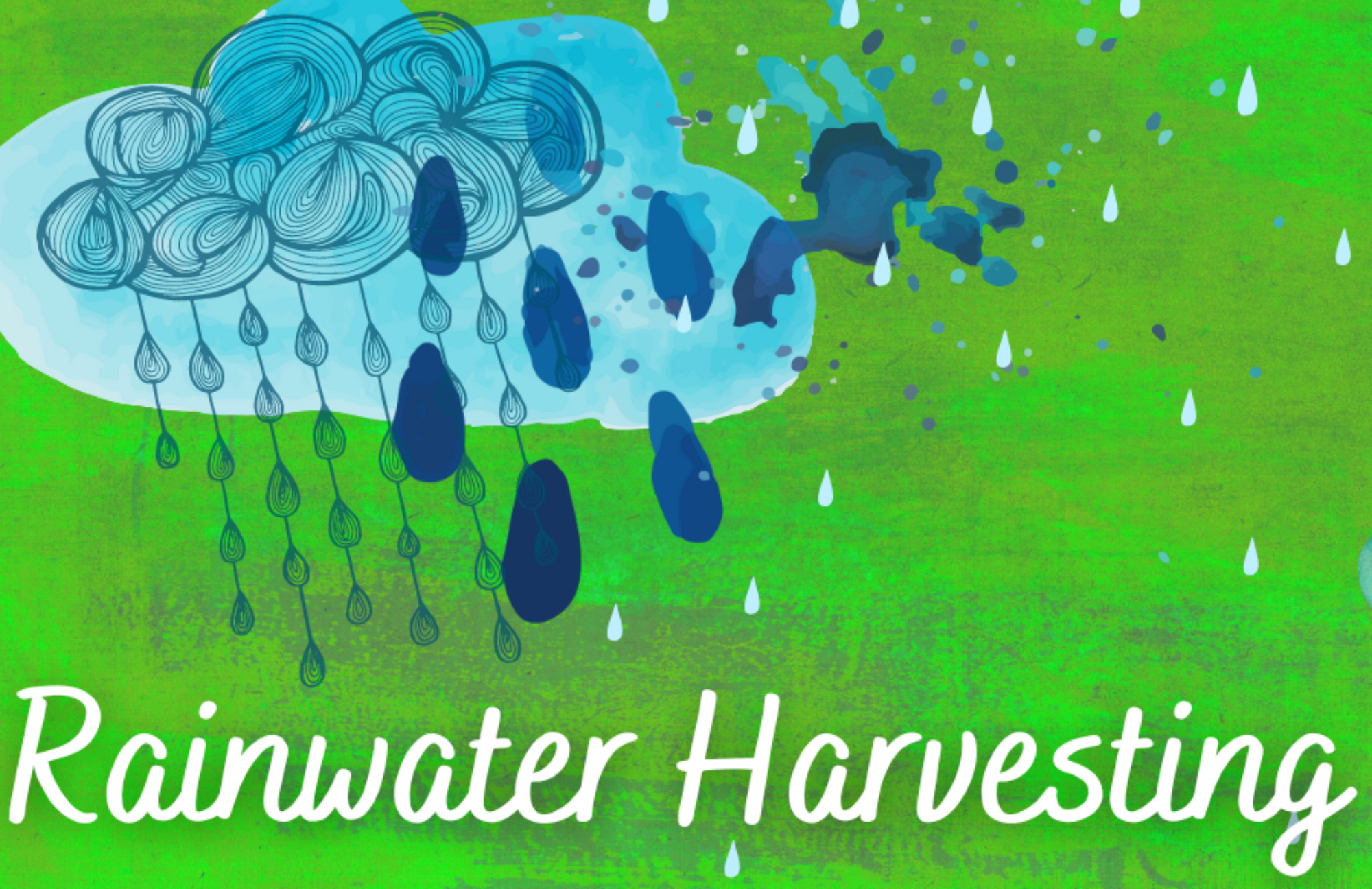
Salt Spring Island Watershed Protection Alliance
Freshwater sustainability for gulf island residents and homeowners means taking climate action – adapting high water use behaviour to much reduced levels for a water-wise future This post is a …
View PostHumans and all of the biodiversity on Salt Spring Island relies on intact and restored forest ecosystems. Several tree species are drought-tolerant (e.g. Garry Oak, Arbutus), and others require significant …
View PostSSIWPA is excited to share the 2020 Annual Report of the Salt Spring Island Watershed Protection Alliance on World Water Day March 22, 2021! Questions? Please click here to …
View PostIRRIGATION WATER DEMAND CALCULATOR: (this space reserved to post the calculator we are designing and then we’ll remove the one here below) How Much Rain Can I Store? Click …
View PostClick for SSIWPA’s new Rainwater Brochure!
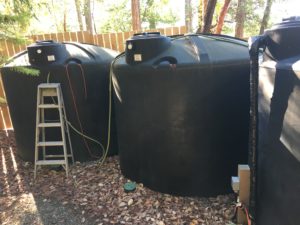
Rainwater is A Salt Spring Solution!
March 2020 marks the beginning of many efforts to educate all water users about ways they can contribute to water conservation for a Climate-Resilient Salt Spring Island!
Have questions about how to calculate for your system design? Check out the Rainwater Resources page
You can Tour Salt Spring Rainwater Harvesting Systems on April 26, 2020!
Please share this post with your friends!
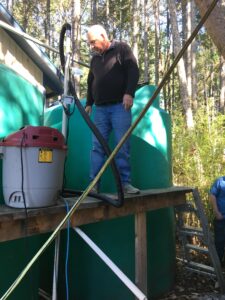
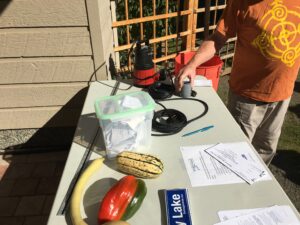
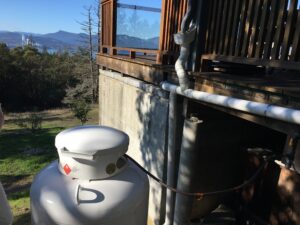
SSIWPA is gearing up to make 2020 the year that Salt Spring Islanders of all ages and abilities learn how they can catch and store rain to help us conserve precious water during summer droughts.
Happy World Water Day!
March 22nd each year is a day dedicated to learning about water, appreciating water, conserving water, and making behavioural changes manifested to protect watersheds and water resources around the globe.
In Cowichan Valley, British Columbia, the day marks a significant milestone of the Cowichan Water Challenge.
The Council of Canadians challenges us to take action locally to set up a Blue Community, and to support federal action to bring a halt to the drinking water advisories (ie. contamination) in more than 100 First Nations communities across Canada.
The Salt Spring Water Company and the Capital Regional District have now made it possible for Salt Spring Island residents to set up to collect and to store 3,000 imperial gallons of rainwater employing a specific CRD- engineered design, without the added cost of hiring an engineer to document the safety of your structure. Contact the CRD Building Inspection offices in Ganges for more information.
Water is abundant in winter on Salt Spring Island. Most of the time. Yet, even with “warmer, wetter winters” in current climate trend reports, autumn, winter and spring dry spells can significantly impact water availability during summer droughts and ability for surface and deep groundwater storage to recover.
At the February 2018 SSIWPA meeting, North Salt Spring Waterworks staff reported that February rainfall has been less than 50% of the seasonal average and a month after reaching full capacity, Maxwell Lake dropped below the level of the weir. Despite these facts, the other extreme was also observed: St. Mary Lake reached the highest level ever recorded in January of 2018, likely due to extreme volumes of precipitation over short periods of time in December and January.
Droughts and more water during rain events are the new normal.
It is important to plan ahead for drought.
Residents of water-constrained populations around the globe have taken measures, many of which involve locally-relevant water conservation requirements and strategies.
In just three years (2015-2018), four million residents of Cape Town South Africa have reduced water consumption by a whopping 50%.
In California, urban water conservation across the board was mandated in 2015, and many lessons learned have added to resiliency in both urban and also more rural and vulnerable communities, according to this report by the Public Policy Institute of California.
The Capital Regional District and North Salt Spring Waterworks District both employ staged water restrictions that match the level of drought. These tools and broadcast public messaging provide early mechanisms that mandate restricted usage in these districts.
Here are some tips for conserving water in the Gulf Islands:
Given the climate realities we are facing globally, taking action now to modify personal water usage is an opportunity to contribute positively.
Your actions can keep water in the environment where it can be available to wildlife, trees and botanical communities – restoring ecological checks and balances on which our human communities rely.
More info: http://www.northsaltspringwaterworks.ca/technical-information/conservation/